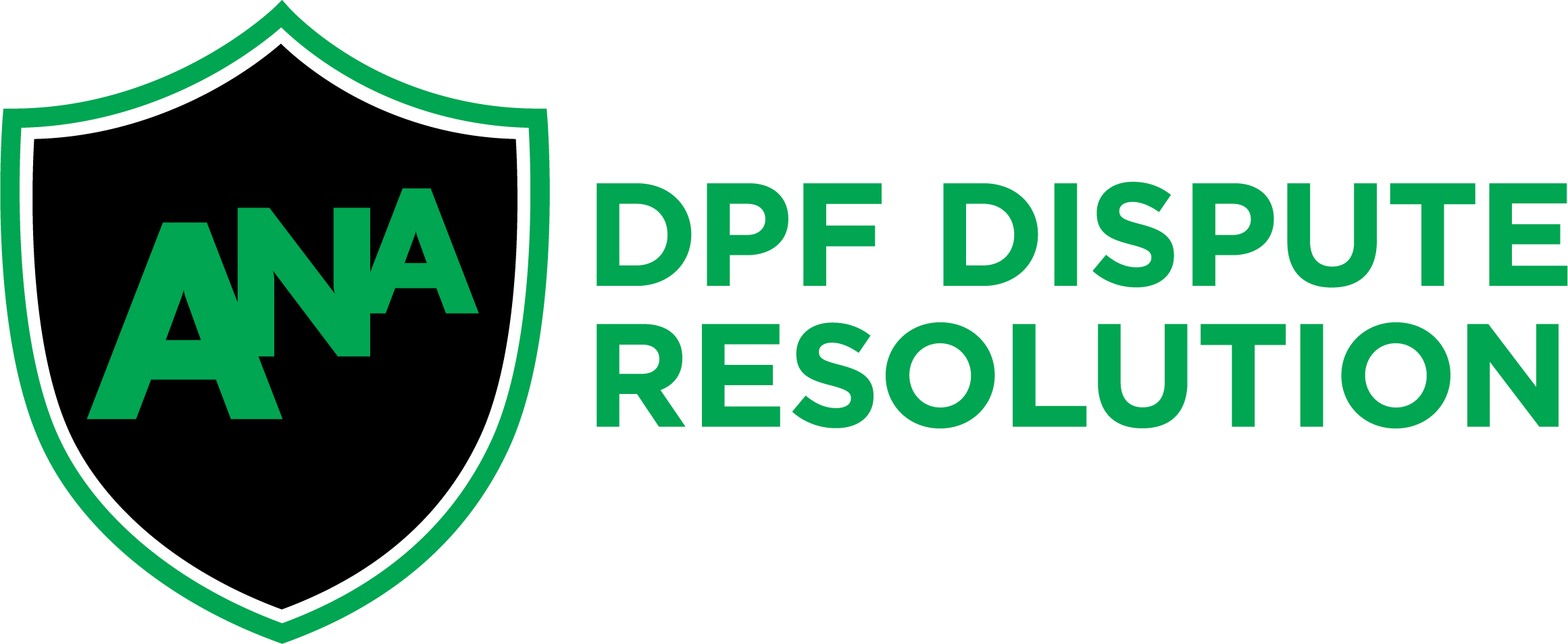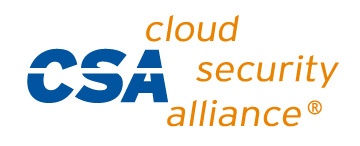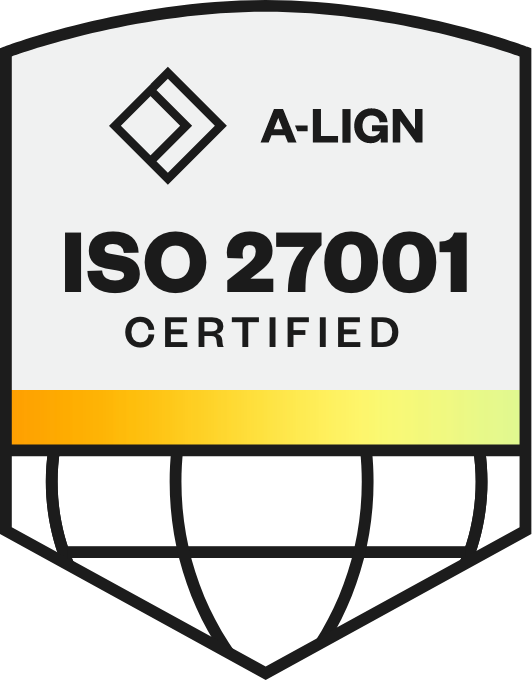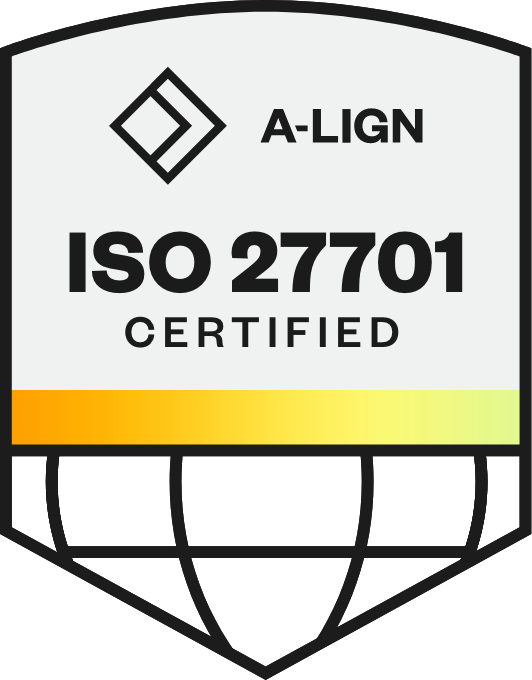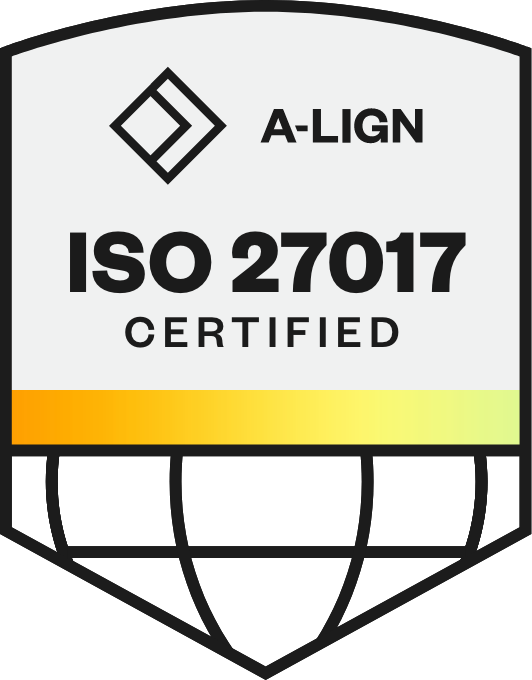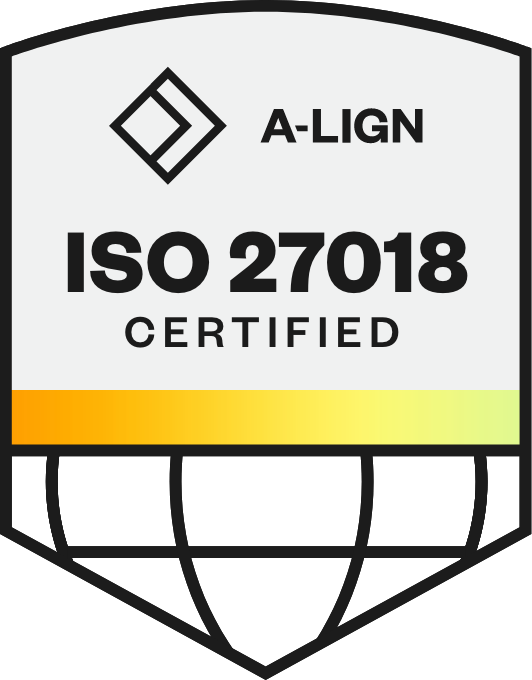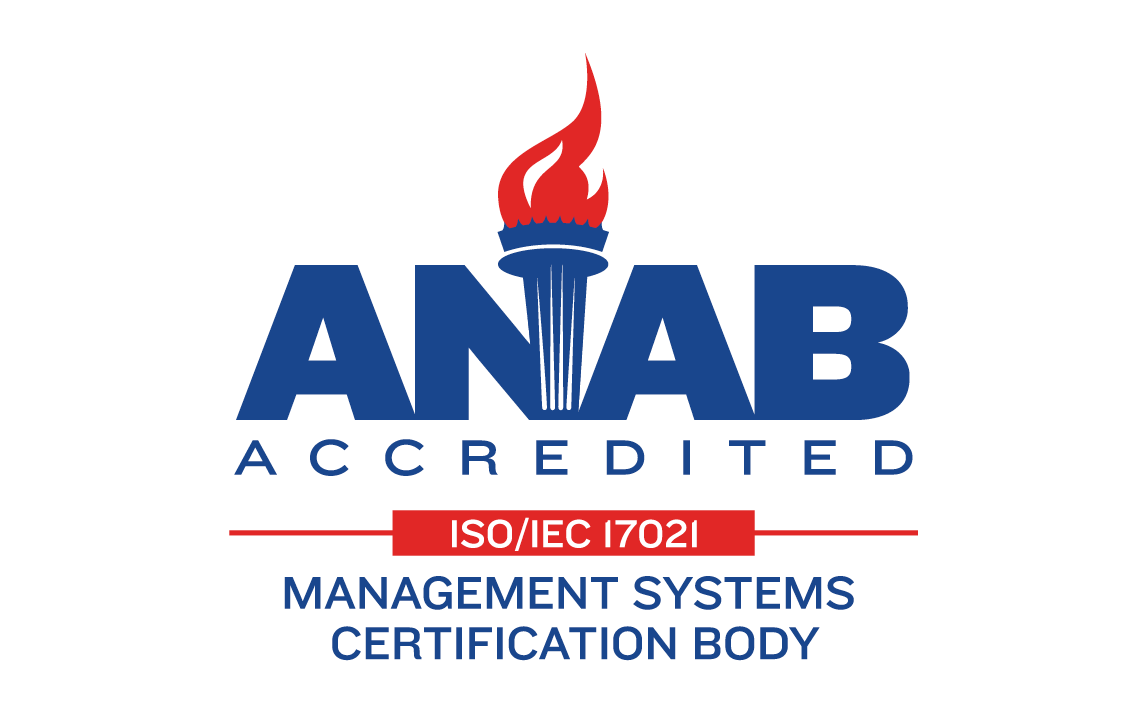
What Your Talent Analytics Should Be Telling You
After spending a few years with analytics tools like Google Analytics, Hubspot, and Omniture, I’ve found myself following a similar arc with each new tool. In the beginning, I’m greeted by the new analytics, taken in by the colors, graphs, and animations. I think to myself, “Wow, there’s a lot of information here.” Then, as I dig deeper and spend more time with these tools, I reach a point where I take a step back and ask, “What exactly am I looking at here? What am I learning?”
Although I pointed out a few marketing analytics tools, the same applies to the talent analytics tools you are using as a talent acquisition professional or leader. After you get past all the pretty colors and graphs, what are you actually learning from your talent analytics tools? Most of the data offered by existing analytics tools is focused on baseball card statistics like number of visitors and average time spent on the site. These aren’t useless, but they do little to provide talent acquisition teams with actionable insight they can then use to improve performance and strategy.
If this kind of data is not especially helpful, then what kind is? It’s not so much the data itself that is the problem, as it is the organization of the data. Most tools already gather the right data. You should be looking for a tool that can present the data in a way that directly answers the questions you have about your Talent Relationship Marketing strategy.
At a minimum, you should expect your talent analytics tool to be capable of adding actionable insight and value by answering the following questions:
What is our application conversion rate? This is a very important metric for talent acquisition leaders, and it allows them to get right to the heart of any issues, problems, or hiccups in their application process. Application conversion rate is simply the number of completed applications divided by the number of total applications started.
A high application conversion rate indicates that the application process is optimized for the candidate experience, while a low application conversion rate can mean that candidates are dropping off for some reason, such as the amount of time it takes to fill out the application.
Where is candidate drop-off occurring? This goes hand-in-hand with the application conversion rate. If a large number of candidates aren’t completing and submitting applications, you want to know the reason or reasons why. You should be able to view the page-to-page drop-off rate on your career site, from the homepage to the application submission page.
This is especially important in the apply funnel in order to see where candidates are abandoning the application process, allowing talent acquisition teams to improve the application experience and decrease future drop-off rates.
What content is engaging candidates? You spend a lot of time, energy, and dollars on developing an employer brand content strategy, and then even more time and energy executing that strategy. Unfortunately, you have little idea which blogs, employee testimonials, videos and articles are actually engaging candidates, and driving them to move forward with further company exploration or to complete an application.
Your talent analytics tool should be able to show you which content candidates are viewing, and if that content is leading to an application submission, an interview or even a hire. This will help you plan for future content, focusing on what is actually engaging the right candidates to apply to your company.
Are we spending our budget wisely? According to Bersin’s 2016 Perspective, “Companies spend over $240 billion dollars per year on talent acquisition in the U.S. alone.” A huge portion of these dollars is spent on job advertising, from job boards to social networks to search engines. Yet, most companies only have a rough idea of which sources are converting visitors into applicants and eventual hires.
Your talent analytics tool should be able to show which sources are delivering the most traffic to your career site. Most importantly, they should be able to show which sources are delivering the best candidates and breaking down your cost per application and cost per hire.
Are we attracting quality candidates? Measuring candidate quality is an issue companies have been trying to solve for decades. Your talent analytics tool should be able to tell you if the candidates visiting your career site, viewing job descriptions, engaging with content, and applying for jobs are actually worth pursuing.
You may be receiving a large volume of career site visits and applications, but if you don’t want to hire any of them, that traffic doesn’t mean a thing. Determining which sources are bringing in quality candidates, and matching them to historical hires and current key employees, will help you understand how to allocate spending to the best performing sources.
---
If you’re in the process of evaluating your existing talent analytics tool or searching for a new one – these are some of the key questions you should be asking to ensure you are getting the depth of analytics you really should have.
Get the latest talent experience insights delivered to your inbox.
Sign up to the Phenom email list for weekly updates!


